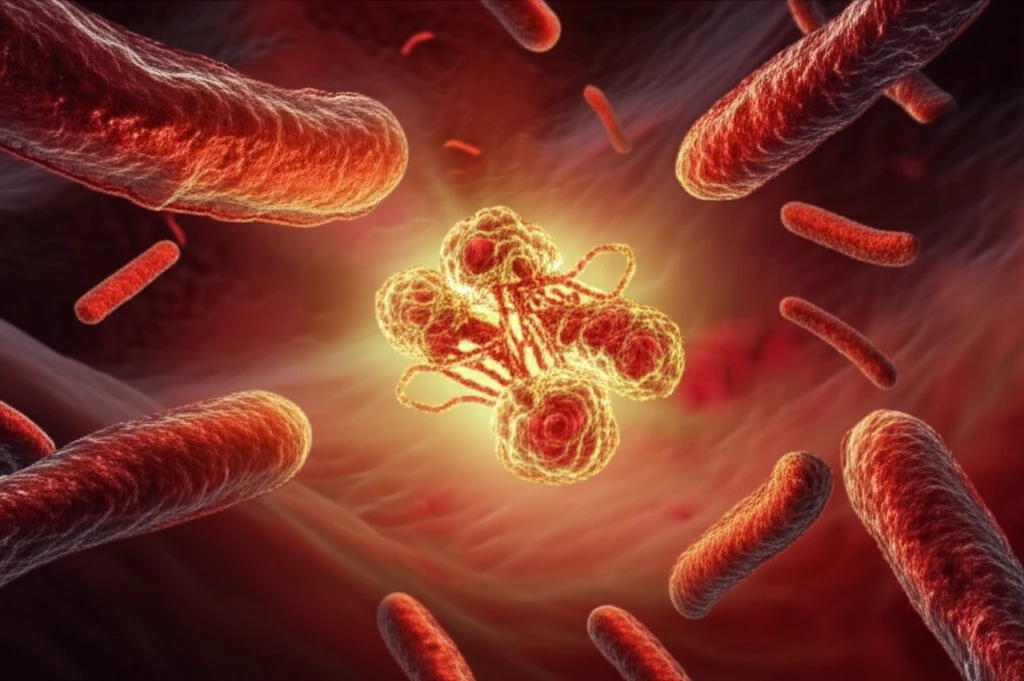
Unlocking a Cure: Groundbreaking Research Reveals New Insights into Tuberculosis
"Scientists make a significant breakthrough in understanding and combating the persistent threat of tuberculosis, offering new hope for effective treatments."
Tuberculosis (TB), a disease that has plagued humanity for centuries, continues to be a significant global health challenge. Despite the availability of treatments, TB remains a leading cause of death worldwide, particularly in developing countries. Recent research, published in the journal Mem Inst Oswaldo Cruz, offers a glimmer of hope. Scientists have made a significant breakthrough in understanding how Mycobacterium tuberculosis, the bacterium responsible for TB, operates.
The research, conducted by a team of scientists, focuses on a specific enzyme within the bacterium called cytidine deaminase (MtCDA). This enzyme plays a crucial role in the bacteria's ability to survive and multiply. Understanding its function and how it can be targeted is key to developing new, more effective treatments. This study paves the way for potentially transformative therapies by focusing on the intricate mechanisms that allow TB to thrive.
This article explores the core findings of this study, highlighting the innovative methods used by the researchers and the implications of their work. We'll delve into the significance of MtCDA, the innovative techniques used in the research, and how these findings contribute to the global effort to eradicate TB. This is not just a scientific exploration; it's a story of hope and the relentless pursuit of solutions to one of the world's most persistent health challenges.
Deciphering the Role of Cytidine Deaminase (MtCDA) in TB

The core of the research focuses on MtCDA, an enzyme essential to the pyrimidine salvage pathway of Mycobacterium tuberculosis. The pyrimidine salvage pathway is a metabolic route that the bacteria uses to synthesize crucial components for survival. It recycles cytidine and deoxycytidine, converting them into the building blocks of DNA and RNA.
- Gene Knockout: Scientists created a strain of M. tuberculosis where the cdd gene was removed.
- Expression Analysis: They found that without the cdd gene, the bacteria could no longer produce the MtCDA protein.
- Growth Analysis: They found that the cdd gene disruption does not affect bacterial growth.
Looking Ahead: The Future of TB Research and Treatment
The research on MtCDA provides valuable insights into the complex mechanisms of M. tuberculosis. By identifying specific vulnerabilities, scientists can now focus on creating therapies that effectively target this pathway. This research serves as a foundation for future work, opening new avenues for developing more effective strategies in the fight against tuberculosis. As research progresses, we are one step closer to a world where TB is no longer a global health crisis.
